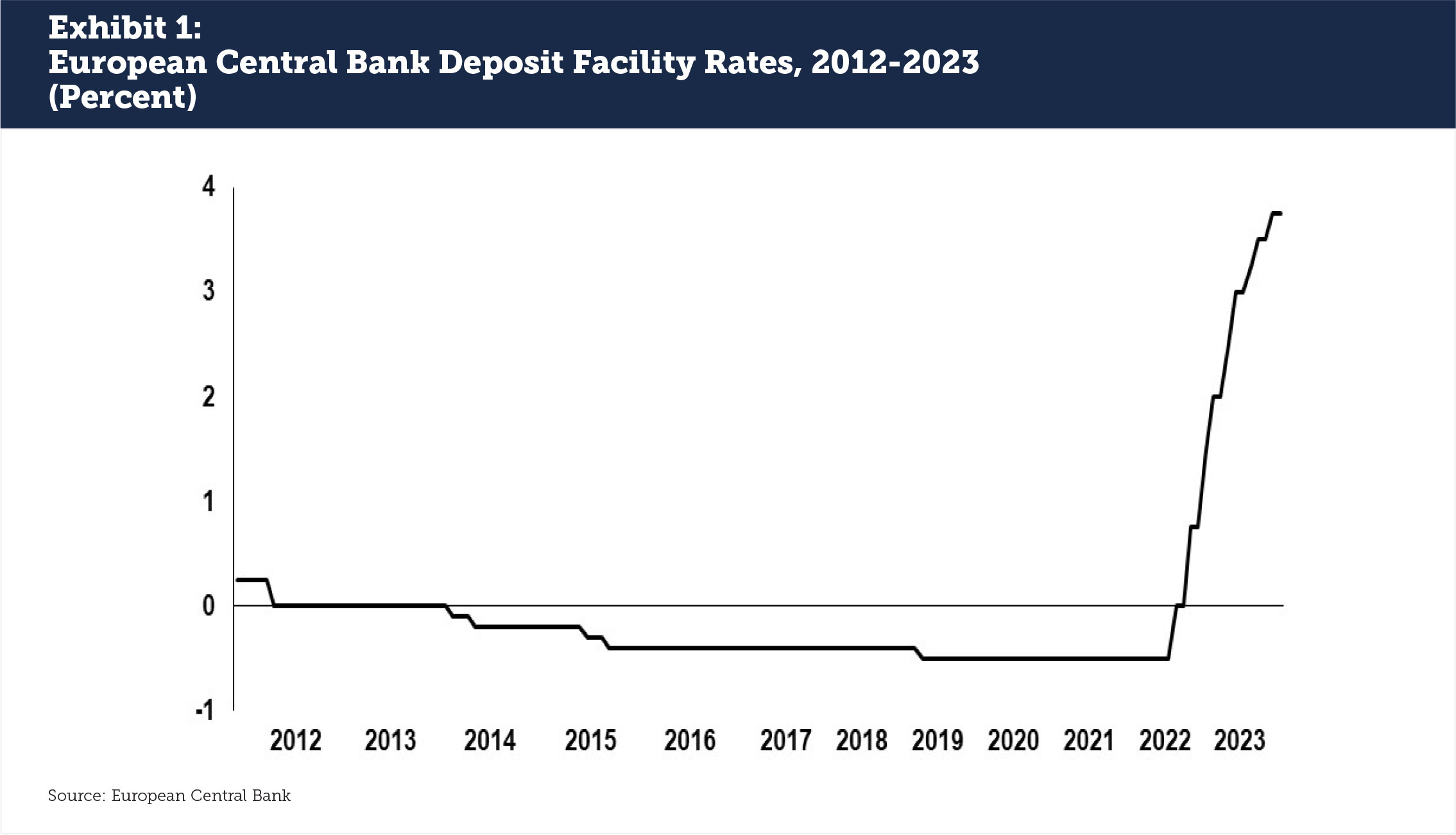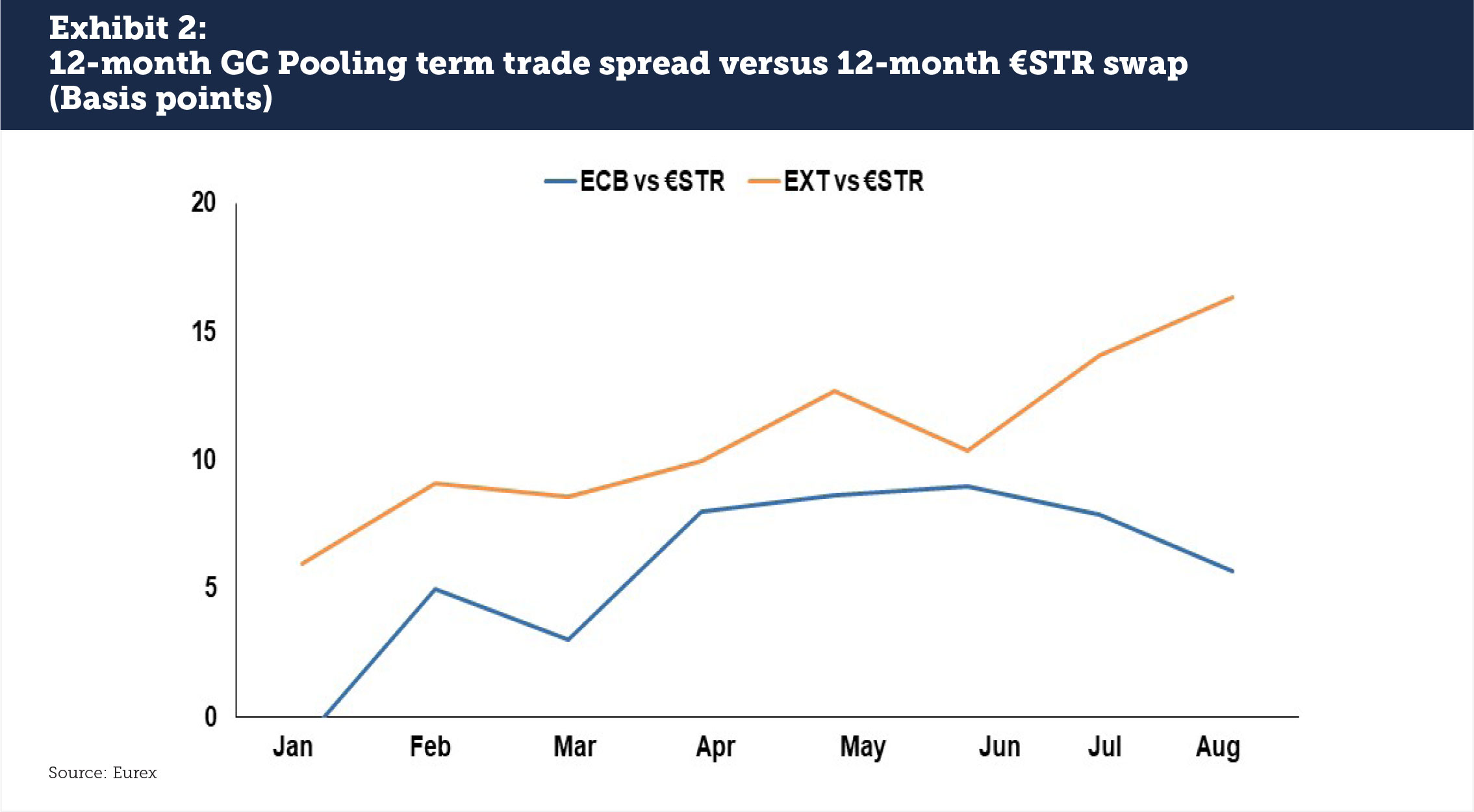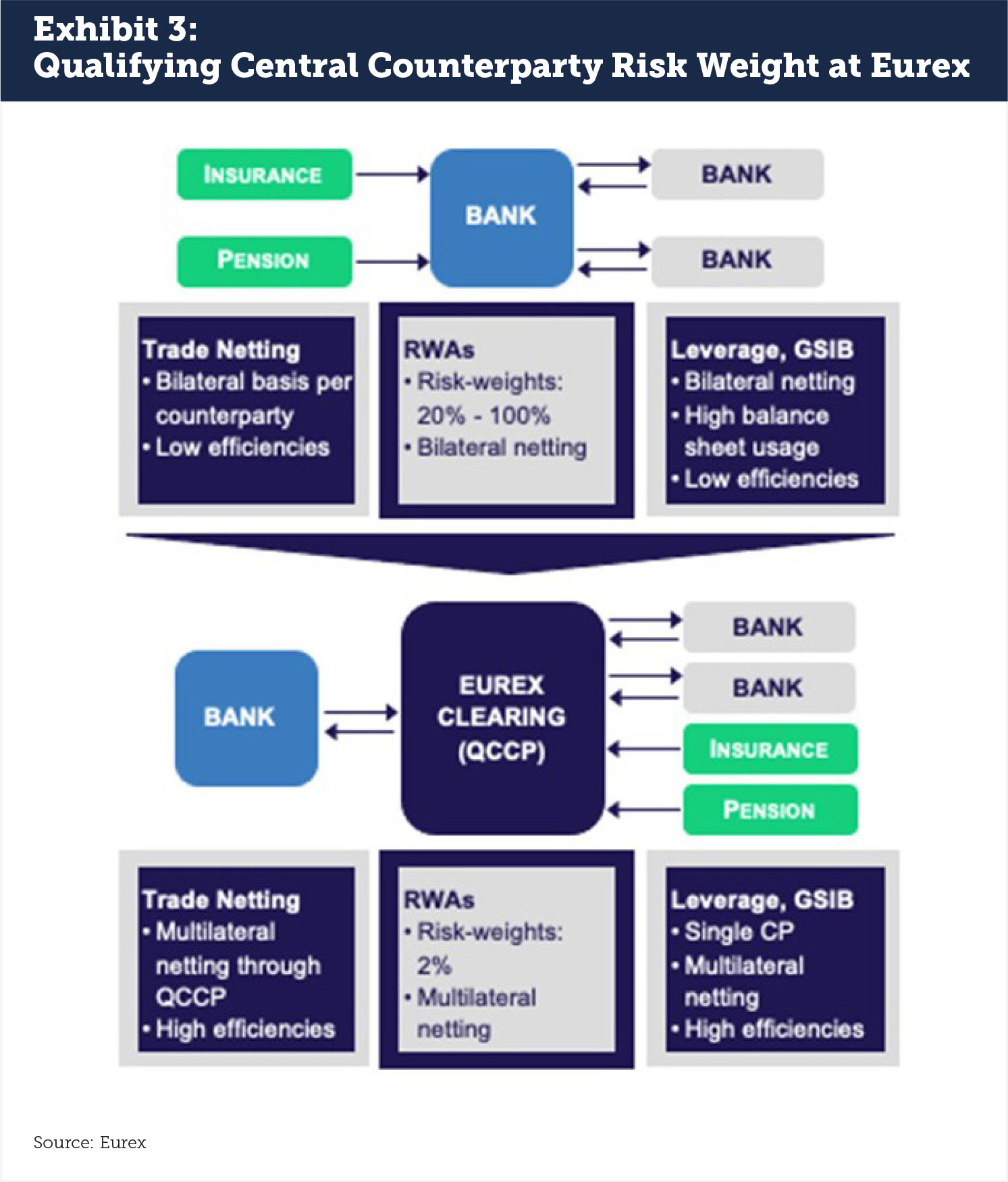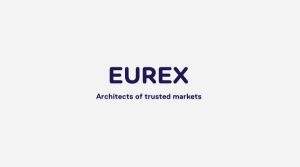Changing interest rates in the Eurozone have created new trading dynamics on Eurex Repo. Some traders are seeing positive interest rates for the first time in their careers, leading to questions about trading strategies, risk management and how to best access Eurex Repo as buy-side clients and relative to bilateral options. To help traders understand new opportunities, Eurex has created a series of training videos on repo in a changing interest rate environment.
Positive interest rates are a new phenomenon in Europe relative to the last decade. European Central Bank Deposit Facility Rates hit 0% in June 2012 and were negative from June 2014 to June 2022, an eight-year stretch (see Exhibit 1). This unconventional monetary policy came to an end only in September 2022 as global inflation began to take hold. By Q3 2022, the ECB rate hit 3.75%, which, along with the wrap up of emergency Quantitative Easing programs, represents an increasing return to normalcy in the interest rate environment.

For European repo traders, 0 and negative interest rates had the impact of making conventional spread trades unattractive while creating collateral squeezes at regular intervals, negative rates of 5-10% at year end on liquid assets. Bottlenecks were frequent and a large amount of collateral was locked up at the central bank. A generation of investment professionals have not seen what the previous generation knew as repo trading and balance sheet strategies. At the same time, market developments have naturally occurred that offer new opportunities both alone and when combined with changing ECB rates, including the launch of new clearing access programs for buy-side participants.
To help assist both new and experienced traders adjust to a positive and still-changing interest rate environment, Eurex Repo has created a series of training videos. The videos, each 8-12 minutes long, capture the main themes of spread trading strategies, capital and risk management, and buy-side access.
Spread trading
Changing interest rates have again allowed for spreads between different baskets of securities; this was not frequently seen when rates were negative but are again a regular part of the market. In one example, a trader could buy the GC Pooling INT MXQ basket and sell the GC Pooling ECB basket, capturing the return. For a cash taker in the INT MXQ trade, the benefit is refinancing securities that are not eligible in other baskets. The collateral taker on the other hand receives securities that may be used for other purposes, for example margin requirements.
Spreads can also work on term trades, where differences of opinion between traders about future interest rate moves creates revenue opportunities. Eurex data show that in 2023, 12-month GC pooling term trade spreads between €STR swaps have grown from 6 to 16 basis points. Cash providers in this case were expecting interest rates to reach a lower high but for a longer period, while cash takers thought rates would peak mid-summer (see Exhibit 2). The ability to express these opinions in a positive interest rate environment enhances the dynamism of the market to the benefit of all investors.

For more on spread trading in a changing interest rate environment, watch the training video here with free registration.
Capital Costs and Risk Management
As traders engage more in proactive market opportunities made possible by changing interest rates, the cost of balance sheet is front and center in their calculations. This is true now and will become increasingly more important as the Capital Requirements Regulation III and Capital Requirements Directive IV come into force starting in 2025. Alongside profitability, there is no more important conversation in repo than balance sheet.
 Eurex Clearing is a Qualifying Central Counterparty (QCCP) under Basel III, which means that it’s 2% risk weight directly helps reduce firms manage balance sheet by reducing the capital required to back trading assets. This feeds into their calculation of the Leverage Ratio, Liquidity Coverage Ratio and other capital metrics sensitive to Risk Weighted Asset (RWA) calculations (see Exhibit 3). Although traders must contribute margin, the counterbalance is that Eurex’s default waterfall means that losses are extremely rare, and Eurex’s own Skin-in-the-Game shows its commitment to risk management. The default waterfall of a QCCP can be compared to the elevated risk of transacting with a single name counterparty, not to mention the 20%-100% risk weights associated with bilateral risk exposure.
Eurex Clearing is a Qualifying Central Counterparty (QCCP) under Basel III, which means that it’s 2% risk weight directly helps reduce firms manage balance sheet by reducing the capital required to back trading assets. This feeds into their calculation of the Leverage Ratio, Liquidity Coverage Ratio and other capital metrics sensitive to Risk Weighted Asset (RWA) calculations (see Exhibit 3). Although traders must contribute margin, the counterbalance is that Eurex’s default waterfall means that losses are extremely rare, and Eurex’s own Skin-in-the-Game shows its commitment to risk management. The default waterfall of a QCCP can be compared to the elevated risk of transacting with a single name counterparty, not to mention the 20%-100% risk weights associated with bilateral risk exposure.
For more on capital cost and risk management in a changing interest rate environment, watch the training video here with free registration.
Buy-side Access
As interest rates change, buy-side firms must be aware of how well they are being priced in the market. Trading with single name entities without checking prices at other firms opens up buy-side traders to mispricing. Eurex’s Request for Quote (RFQ) model means that buy-side traders can access a large number of counterparties in one venue, ensuring that pricing is appropriate. This may not have mattered much in a negative rate environment, but with positive rates, a difference of 50 or 60 basis points can impact long-term returns.
To facilitate buy-side activity, Eurex Repo has created three Individual Segregated Account (ISA) models that enable sponsors to support long-only and leveraged clients with accessing the central market (see Exhibit 4). Each model has been customized for the needs of each user base: ISA Direct serves pensions, regulated fund managers and others as cash takers and collateral providers; ISA Direct Light is for corporates and Alternative Investment Funds as cash givers only with no default fund contribution required; and ISA Direct Indemnified is for leveraged funds to finance themselves with a clearing agent providing indemnification to Eurex in case of any losses or default. These models ensure that buy-side firms have access to a liquid repo market with a large number of counterparties.

For more on buy-side access to Eurex Repo in a changing interest rate environment, watch the training video here with free registration.
Changing interest rates represent a challenge and opportunity for traders across the Eurozone. The challenge is ensuring that traders are up to speed on spread trading, capital and access strategies that ensure top performance. The opportunity is to take advantage of these same factors to lock in revenues and lower internal costs. These three training videos from Eurex Repo aim to help European repo market participants mitigate their challenges while capitalizing on the opportunities. For more information, please contact your Eurex Repo representative.
This article was commissioned by Eurex.


